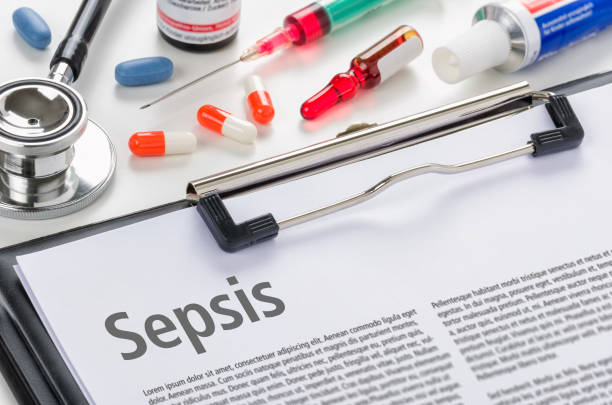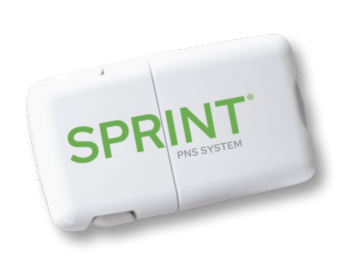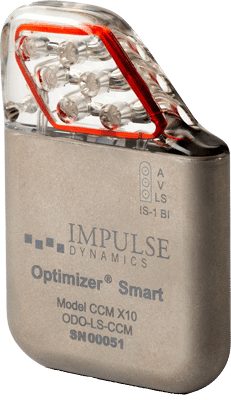Cheyenne Vascular Surgeons Among First in Region to Use New Life-Saving Abdominal Aortic Stent Graft
Two vascular surgeons at CheyenneRegionalMedicalCenter are among the first in the nation to treat abdominal aortic aneurysms with a new stent graft recently approved by the U.S. Food and Drug Administration.
“This medical device will allow more patients in the Cheyenne community and surrounding region to benefit from minimally invasive treatments for abdominal aortic aneurysms, which can be fatal,” said Kenneth Madsen, MD, vascular surgeon in practice at Cheyenne Vascular. Dr. Madsen performed the first local surgery using the new Talent™ Abdominal Stent Graft at CheyenneRegionalMedicalCenter over the summer.
“This new stent graft allows physicians to perform minimally invasive repair of an abdominal aortic aneurysm for a broader population of patients,” said Dr. Madsen. Dr. Madsen and vascular surgeon David Feuer, MD, FACS, also in practice at Cheyenne Vascular, are double board certified in vascular and general surgery and are experts in placing the new stent graft.
The two surgeons were selected by Medtronic, an innovator in the aortic stent graft industry, to be among the first vascular surgeons in the region to use the life-saving medical device.
Aortic aneurysms are a life-threatening condition
An aortic aneurysm is a dangerous bulge or weakening of certain portions of the aorta. The aorta is the blood vessel that branches off the heart and runs through the center of the body. One common location for an aortic aneurysm is in the body’s midsection (abdominal region).
Abdominal aortic aneurysms (AAAs) are present in an estimated 1.2 million people and are responsible for approximately 15,000 annual deaths in the United States. Ruptured AAAs are the 10th leading cause of death among U.S. men over age 55, with fewer than 20 percent of people surviving a rupture. Men and women over 55 years of age are at increased risk for AAA, especially those who have risk factors for cardiovascular disease (smoking, high blood pressure) and a family history of AAA. Women with a family history of AAA or cardiovascular risk factors have almost the same incidence as men.
“An abdominal aortic aneurysm is one of the most preventable causes of death because it is highly treatable and curable in about 95 percent of men and women when detected before a rupture occurs,” said Dr. Feuer. An AAA can be detected through a simple, painless and inexpensive ultrasound screening.
Options for treating abdominal aortic aneurysms
Treatment for abdominal aortic aneurysms involves correcting the condition through invasive open abdominal surgery or minimally invasive endovascular stent graft repair. In open abdominal surgery, the body is opened from below the chest to below the naval and major organs are temporarily moved to access the aorta. In contrast to open surgery, endovascular repair involves making two small incisions in the groin and inserting the device through the femoral artery to reach the aneurysm. Recent data from the New England Journal of Medicine examines these options and finds endovascular repair of aneurysms to be superior to open surgery.
“This new stent graft offers another option for people with aortic disease who would otherwise require open surgery,” said Dr. Madsen.
“Ultimately, the goal is to encourage more people with risk factors to be screened for aortic aneurysms and for them to understand there are choices when it comes to receiving medical treatment,” said Dr. Feuer.







